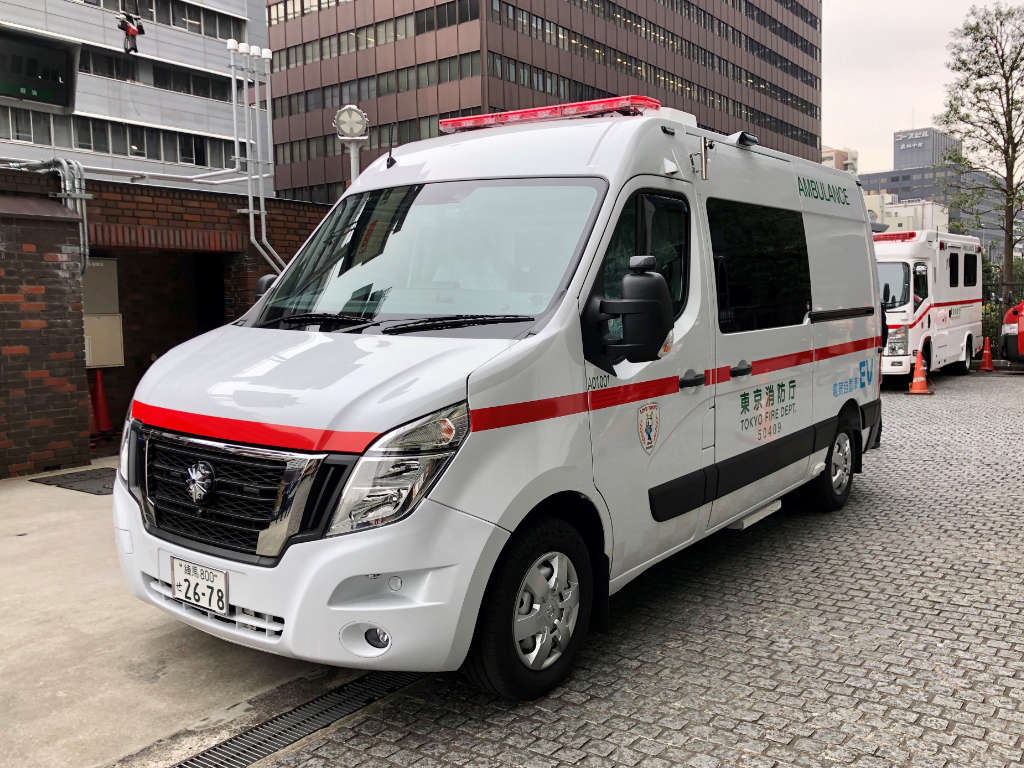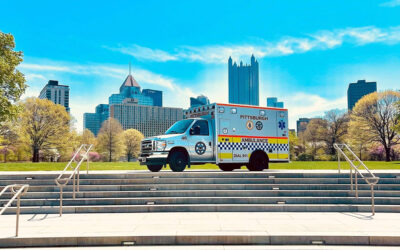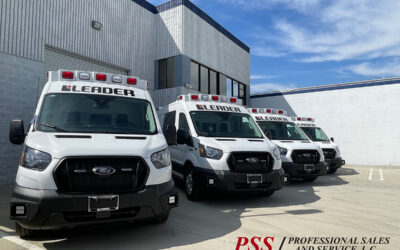
Japan’s first Zero Emission (EV) ambulance delivered to the Tokyo Fire Department Ikebukuro Fire Station started operations in 2020. (Photo/Nissan Motor Co., Ltd.)
By Jason D. Haag, CCEMT-P, CIC, CAC, CADS
Whether we like it or not, electric ambulances are mostly likely the wave of the future for many services. While there currently are not many options on the market, the trend has started and will most likely continue. With the technology currently available, there are applications where these vehicles will work well, and there are other settings where they may not.
Lightning eMotors and Leader Emergency Vehicles of the REV Group has teamed up to release the first electric ambulance in the United States which will have initial orders delivered by the end of this year. The vehicle is an Electric Transit Van and boasts a 105kWh capacity batter, about 170 miles of range, a weight of just over 10,000 pounds, the equivalent to 215 horsepower, the equivalent of 773 foot-pounds of torque, and the ability to get an extra 60 miles out of a quick 30-minute charge.
This vehicle will work well for ambulance services where the vehicle spends a large amount of time parked with the ability to charge. Services that operate out of a station and run 911 calls are the perfect setting for this vehicle that have the job of going from the station to the scene, to the hospital, and back to the station. The drawback for this vehicle would be a system that does long-distance transfers or uses a system-status-management (SSM) model where vehicles are strategically posted throughout their response area for a shift and may not have the ability to recharge between calls.
There is more technology available in this arena. Across the Pacific, our colleagues in Tokyo, Japan, have partnered with Nissan for the first all-electric ambulance for the Tokyo Fire Department. This model is a conversion of the Nissan NV400 van. This has two battery packs which combine for an energy charge of 33kWh, the equivalent of 73 horsepower, and 162 foot-pounds of torque. An extra 8kWh battery is available for medical equipment power and air conditioning power.
While these two examples are early developments in this new application of electric vehicle technology, it will certainly be further researched and developed further. As our clinical care and protocols in EMS change and evolve, it is exciting to see the same happening with our vehicles as well.
Jason D. Haag, CCEMT-P, CIC, CAC, CADS, is the quality assurance analyst and clinical educator for MultiMed Billing in Baldwinsville, NY. He is also an active paramedic with Wayne County Advanced Life Support, a firefighter for The City of Geneva Fire Department, and serves on many EMS boards and community organizations. Jason is also a speaker at many EMS conferences across the country.




